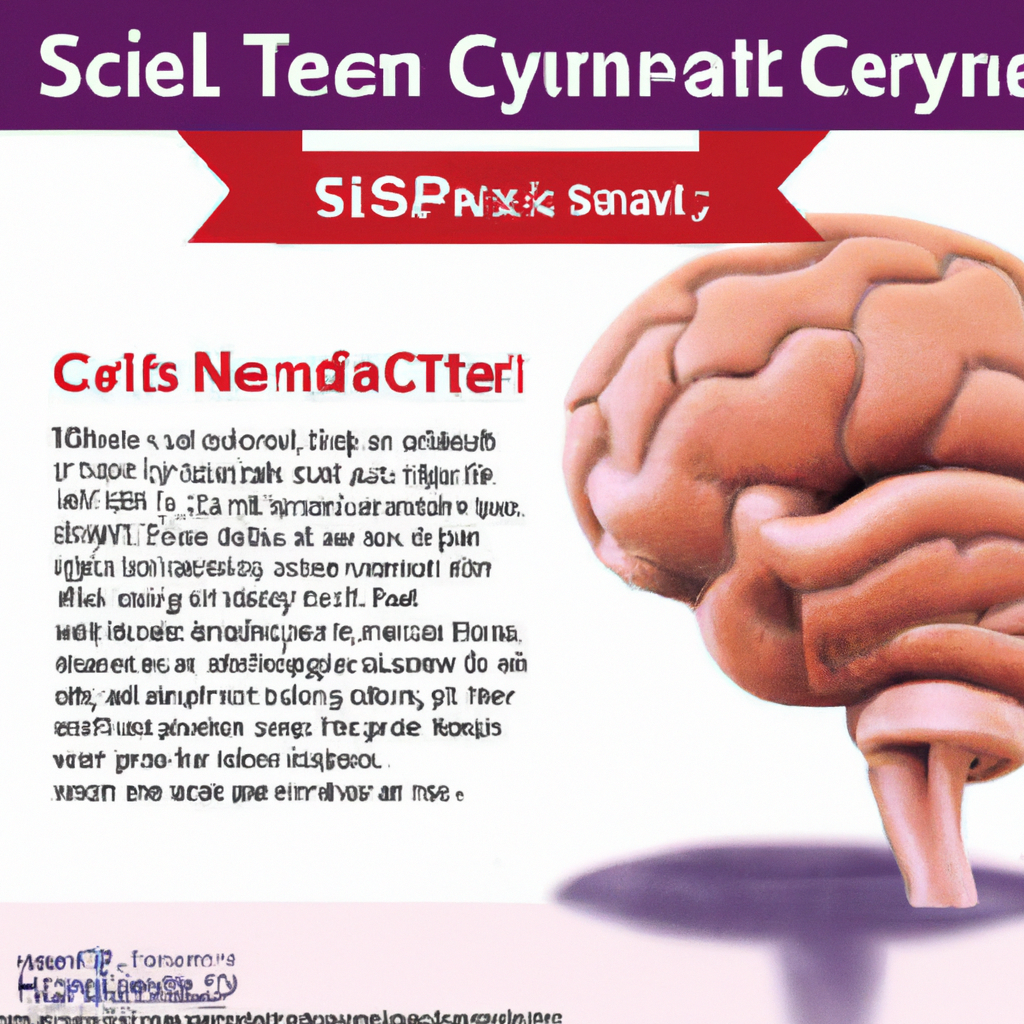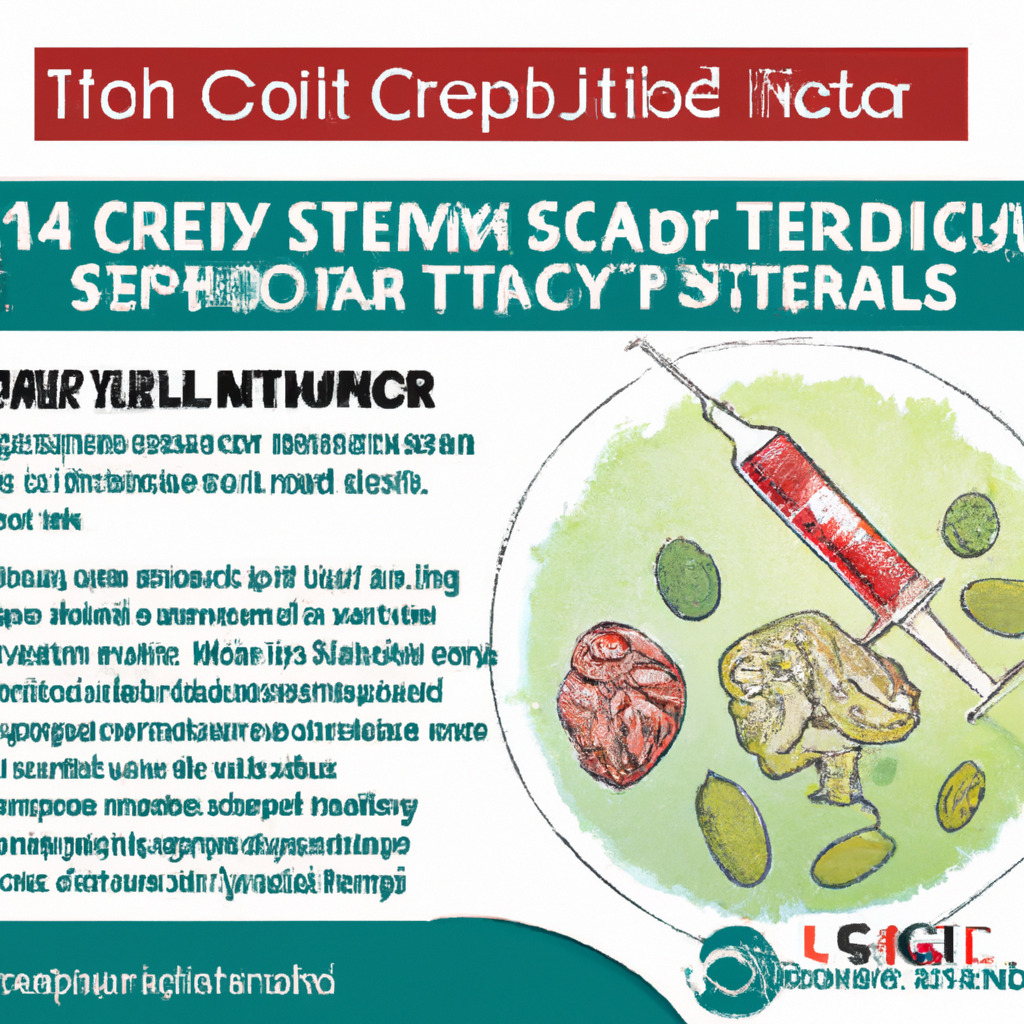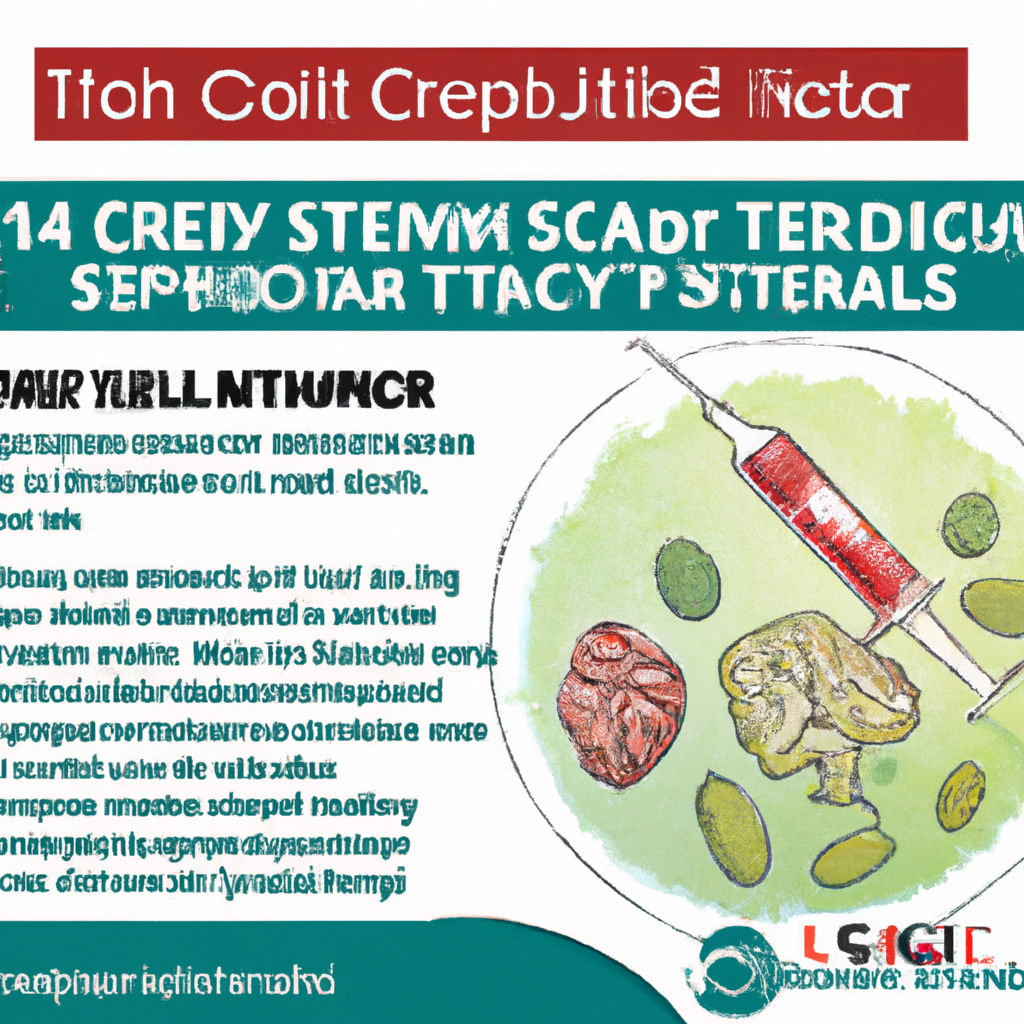If you’re curious about the potential of stem cell therapy in treating liver cirrhosis in Malaysia, you’ve come to the right place. In this article, we’ll delve into the exciting world of stem cell research and its application in addressing liver cirrhosis, one of the leading causes of liver failure in the country. With a comprehensive examination of the topic, we’ll explore the current advancements, challenges, and possibilities that stem cell therapy holds for patients suffering from this debilitating condition. Get ready to discover the latest breakthroughs and gain a deeper understanding of how stem cell therapy could revolutionize the treatment of liver cirrhosis in Malaysia.

Overview of Liver Cirrhosis
Liver cirrhosis is a chronic liver disease that occurs when healthy liver tissue is replaced by scar tissue, leading to impaired liver function. It is a progressive condition that can have serious consequences if not properly managed. In Malaysia, liver cirrhosis is a significant public health concern, with a high prevalence and impact on individuals and society as a whole.
Causes and Symptoms of Liver Cirrhosis
Causes of Liver Cirrhosis
Liver cirrhosis can have various causes, including long-term alcohol abuse, chronic viral hepatitis (such as hepatitis B or C), autoimmune diseases, fatty liver disease, and certain genetic disorders. These factors can lead to liver inflammation and damage over time, resulting in the formation of scar tissue.
Symptoms of Liver Cirrhosis
The symptoms of liver cirrhosis can vary depending on the stage and severity of the disease. In the early stages, individuals may not experience any noticeable symptoms. However, as the disease progresses, common symptoms may include fatigue, weakness, loss of appetite, weight loss, nausea, jaundice (yellowing of the skin and eyes), swollen abdomen, and swollen legs and ankles. It is important to seek medical attention if any of these symptoms are present, as early diagnosis and intervention can greatly improve outcomes.

Current Treatment Options for Liver Cirrhosis
Liver cirrhosis requires comprehensive management to slow disease progression, alleviate symptoms, and reduce the risk of complications. The treatment approach for liver cirrhosis may involve a combination of medications, lifestyle changes, and surgical interventions.
Medications
Medications may be prescribed to manage symptoms and treat underlying causes of liver cirrhosis. These can include medications to reduce liver inflammation, control blood pressure, manage complications such as ascites (accumulation of fluid in the abdomen), and prevent or treat infections.
Lifestyle Changes
Lifestyle modifications play a crucial role in managing liver cirrhosis. These can include adopting a healthy diet, restricting alcohol consumption or abstaining altogether, maintaining a healthy weight, and engaging in regular exercise. Quitting smoking, managing stress, and avoiding certain medications or substances that can further damage the liver are also important considerations.
Surgical Interventions
In some cases, surgical interventions may be necessary for the management of liver cirrhosis. These can include procedures such as a liver transplant, in which a diseased liver is replaced with a healthy liver from a deceased or living donor. However, due to the limited availability of donor organs, this treatment option may not be feasible for all individuals.
What is Stem Cell Therapy?
Stem cell therapy is an innovative and promising approach to the treatment of liver cirrhosis. Stem cells are unique cells in the body that have the ability to differentiate into different types of cells, including liver cells. This regenerative potential makes them attractive for treating conditions such as liver cirrhosis, where the goal is to repair and regenerate damaged liver tissue.

How Stem Cell Therapy Works
Stem cell therapy involves the administration of stem cells directly into the liver to promote tissue repair and regeneration. The stem cells can be obtained from various sources, including bone marrow, adipose tissue, and umbilical cord blood. They can also be derived from the patient’s own body (autologous stem cells) or from a donor (allogeneic stem cells). Once the stem cells are delivered to the liver, they migrate to the damaged areas and release growth factors and other molecules that stimulate the repair process.
Benefits of Stem Cell Therapy for Liver Cirrhosis
Stem cell therapy offers several potential benefits for individuals with liver cirrhosis.
Regeneration of Liver Tissue
One of the main advantages of stem cell therapy is its ability to regenerate damaged liver tissue. The stem cells can differentiate into hepatocytes, the main functional cells of the liver, and contribute to the repair and regeneration of the liver tissue. This can help to improve liver function and slow down the progression of cirrhosis.
Reduced Inflammation
Liver cirrhosis is often associated with chronic inflammation in the liver. Stem cell therapy has been shown to have anti-inflammatory properties, helping to reduce inflammation in the liver and alleviate associated symptoms. By addressing the underlying inflammatory processes, stem cell therapy can contribute to the overall management of liver cirrhosis.
Improved Liver Function
Stem cell therapy has the potential to improve liver function in individuals with cirrhosis. The regenerated liver tissue can take over the function of the damaged tissue, leading to improved detoxification, metabolism, and synthesis of essential proteins. This can result in better overall health and quality of life for individuals with liver cirrhosis.
Minimized Risk of Complications
Liver cirrhosis is associated with a higher risk of complications such as liver failure, portal hypertension, and liver cancer. By promoting liver tissue regeneration and improving liver function, stem cell therapy can help to reduce the risk of these complications and improve long-term outcomes.

Clinical Trials and Research on Stem Cell Therapy in Malaysia
Malaysia has been actively involved in clinical trials and research on stem cell therapy for liver cirrhosis. These studies aim to evaluate the safety, efficacy, and feasibility of stem cell therapy in the local population.
Overview of Clinical Trials
Several clinical trials have been conducted in Malaysia to assess the use of stem cell therapy in liver cirrhosis. These trials typically involve the administration of stem cells to individuals with liver cirrhosis and the assessment of outcomes such as liver function, symptom improvement, and safety. The results of these trials provide valuable insights into the potential of stem cell therapy for liver cirrhosis treatment.
Results and Findings
Preliminary results from clinical trials in Malaysia suggest that stem cell therapy holds promise for the treatment of liver cirrhosis. These studies have shown improvements in liver function, reduction in symptoms, and minimal adverse effects. However, further research is needed to validate these findings and determine the long-term effects of stem cell therapy in liver cirrhosis.
Challenges and Limitations
While stem cell therapy shows promise, there are several challenges and limitations that need to be addressed. These include the selection and sourcing of appropriate stem cells, determining the optimal dosage and delivery methods, ensuring the safety and ethical standards of treatment, and addressing the financial and logistical barriers to widespread implementation.
Choosing the Right Stem Cell Therapy
When considering stem cell therapy for liver cirrhosis, it is important to consider several factors to ensure the best possible outcome.
Types of Stem Cells
There are different types of stem cells used in stem cell therapy, each with its own advantages and limitations. These include embryonic stem cells, adult stem cells, and induced pluripotent stem cells. Each type of stem cell has unique characteristics and potential applications. It is important to consult with medical professionals to determine the most appropriate type of stem cell for your specific condition.
Quality and Safety
The quality and safety of stem cell therapy are of utmost importance. When choosing a stem cell therapy provider, it is essential to ensure that the stem cells used are obtained from reputable sources and meet strict quality standards. Additionally, proper screening and testing should be conducted to ensure the safety of the procedure and minimize the risk of complications.
Cost and Accessibility
Stem cell therapy can be costly, and access to the treatment may be limited in certain regions. It is important to consider the cost implications and assess the availability of stem cell therapy in your area. Discussing the financial aspects with healthcare providers and exploring potential funding options can help make informed decisions.

Considerations and Precautions
While stem cell therapy shows promise for liver cirrhosis, it is essential to approach the treatment with careful consideration and take necessary precautions.
Consultation with Medical Professionals
Before undergoing stem cell therapy, it is important to consult with medical professionals who specialize in liver diseases and stem cell therapy. They can assess your individual condition, provide personalized recommendations, and ensure that the treatment is appropriate for your specific needs.
Potential Risks and Side Effects
Like any medical procedure, stem cell therapy carries potential risks and side effects. These can include infection, allergic reactions, transplantation complications, and the development of tumors. It is important to discuss these risks with medical professionals and weigh them against the potential benefits of the treatment.
Ethical and Legal Concerns
Stem cell therapy raises ethical and legal considerations, particularly when it involves the use of embryonic stem cells. It is important to be aware of the ethical implications and adhere to legal regulations surrounding stem cell therapy to ensure ethical and responsible treatment practices.
Conclusion
Liver cirrhosis is a complex liver disease that requires comprehensive management. Stem cell therapy has emerged as a promising treatment option, offering the potential for liver tissue regeneration, reduced inflammation, improved liver function, and minimized risk of complications. Clinical trials and research in Malaysia have shown promising results, but further studies are needed to validate the efficacy and safety of stem cell therapy for liver cirrhosis. When considering stem cell therapy, it is important to assess the different types of stem cells, ensure quality and safety, consider cost and accessibility, consult with medical professionals, and be aware of potential risks and ethical considerations. By making informed decisions and working closely with healthcare providers, individuals with liver cirrhosis can explore the potential benefits of stem cell therapy in their journey towards improved liver health.




